Written by Tim
Edited on
23 August 2022
·
12:41
What is backlight bleeding?
Backlight bleeding is an effect where light leaks around the edges of your screen, making it unevenly lit. This cannot be remedied, but it can be partially prevented by buying a high-quality monitor and being careful with it. In this article, we'll tell you more about backlight bleeding, IPS glow, clouding, and burn-in.
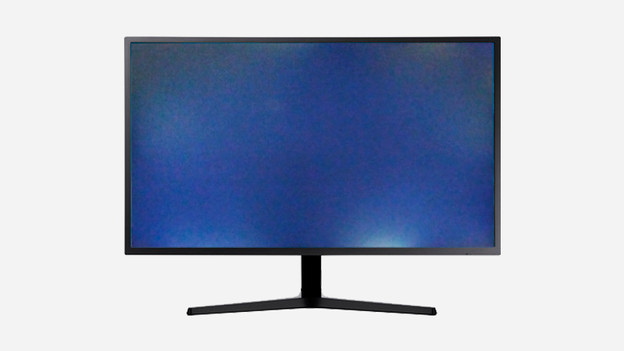
What is backlight bleeding?
A modern monitor basically consists of a panel with pixels and lighting placed behind it, so you can see the pixels. Backlight bleeding occurs when light from your monitor backlight escapes from the edges of the screen. Light that's supposed to shine through the screen now comes out along the edges, resulting in uneven lighting on the screen.
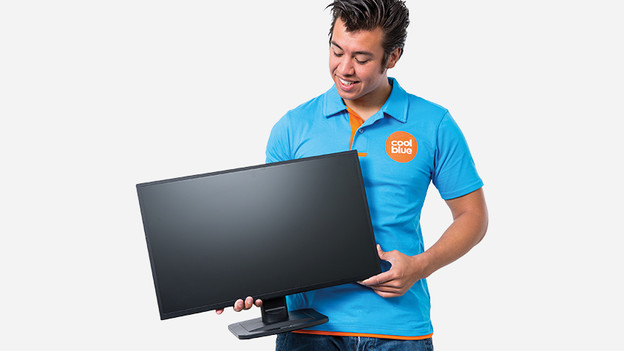
How can you prevent backlight bleeding?
Apart from being careful with your monitor, there's not much you can do to prevent backlight bleeding. Each screen and panel is different, so it's possible that, with two identical monitors, there's backlight bleeding on one screen and not on the other screen. When buying a screen, choose a high-quality monitor to reduce the risk of backlight bleeding as much as possible. Note! If you have an IPS panel and you see a slight glow in the corners instead of along the edges, then it's probably not backlight bleeding, but IPS glow.
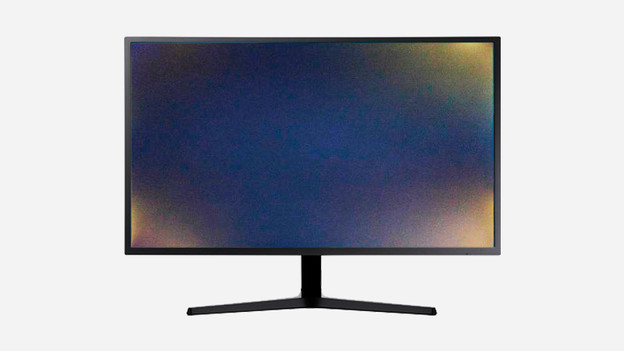
IPS glow
With IPS panels, you often see a kind of glow in the corners of the screen when you look at a dark image from a certain angle. This is not backlight bleeding, but an effect that's related to the way IPS works. The difference is that backlight bleeding usually occurs at the edges while IPS glow occurs in the corners of the screen. Also, backlight glow doesn't change its intensity if you look from a different angle. The degree of IPS glow does depend on the angle from which you look at it. IPS glow can never be completely prevented, it's simply part of the screen technology. Quality does play a role in this. Choose a higher quality monitor to have less chance of excessive IPS glow.
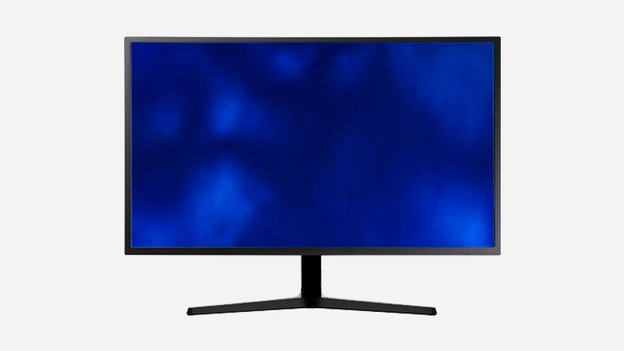
Clouding
Clouding is an effect where light shines through the screen in a spotty pattern. You often see it on older monitors and on screens that were not handled properly. It's caused by pressure being exerted on the screen for a short or long period of time. This has physically damaged the screen. You can simply prevent this by taking good care of your screen and not tapping and pushing on the screen, unless of course it's a touchscreen. Unfortunately, once the effect occurs, it cannot be undone.
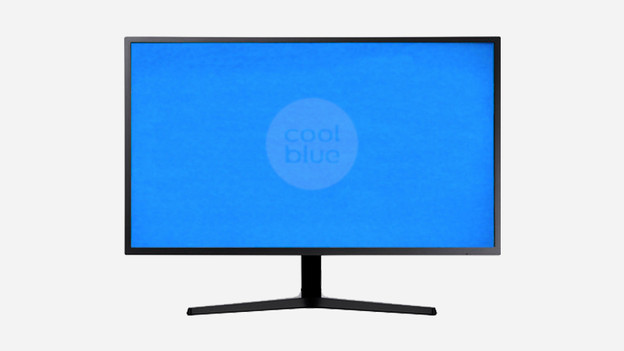
Burn-in
Fortunately, the last problem with monitors is not so common anymore, but it is very annoying if you experience this. Burn-in means that a certain image that's been on the screen for a long time is 'burned in', and it's also called image persistance. Because the screen has displayed the same image for a long time, that image remains on the screen constantly, no matter what you're viewing on your screen. You can see this for example with menu bars that are displayed 24 hours a day or a logo that's always in the corner of your monitor. The best way to prevent this is to turn off your monitor when you're not using it.
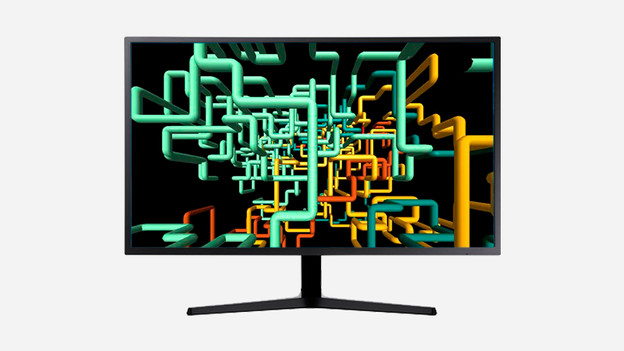
Preventing burn-in
Depending on how long the image has stood still, burn-in can be remedied or reduced in some cases. You can do this by turning the screen off for at least 48 hours and then showing a white screen for a few days, for example with an image or screen saver. Set your background lighting low to save the LEDs. It's often worth trying, but if the damage is too bad, this trick won't work anymore either.
Article by Tim
Monitor Expert.
